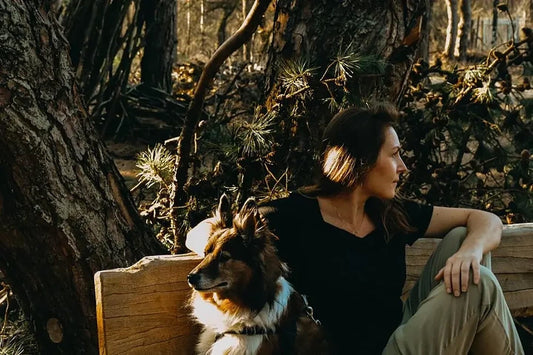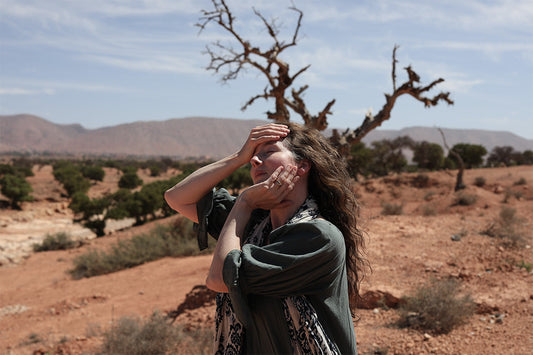“The ultimate reciprocity: loving and being loved in return”-Robin Wall Kilmerer
Today I found myself marveling at the interconnectedness of all life forms, after reading the chapter "Epiphany in the Beans" from Robin Wall Kimmerer's book, Braiding Sweetgrass. This chapter beautifully encapsulates the reciprocity between humanity and nature and perhaps more importantly, the exchange of love.
In her garden sanctuary, Kimmerer experienced a revelation from the Earth herself. She realized that our planet actively loves us, nurturing our existence by providing sustenance through the bounty of plants. This reciprocal relationship is like a dance, where each partner offers their unique gifts. Just as the Earth extends her love through the nourishment of plants, we reciprocate by tending to and honoring the land.
At the heart of this revelation lies the "Three Sisters" – corn, beans, and squash, revered staples of Indigenous wisdom and sustainable agriculture. These sisters exemplify the essence of reciprocity in their symbiotic dance of growth. Planted together, they intertwine their destinies, supporting and enriching one another. The corn stands tall, offering a sturdy embrace for the bean vine to climb, while the beans, with their nitrogen-fixing roots, replenish the soil for all three sisters. Meanwhile, the squash, with its sprawling vines and prickly demeanor, acts as a protective barrier, warding off pests and maintaining harmony within the garden.

Contrary to the sterile monoculture fields of modern agriculture, where crops stand solitary and vulnerable, the Three Sisters thrive in their diversity and unity. Their flourishing serves as a poignant reminder of the vibrancy that arises from collaboration and the exchange of love, which is how in this case I interpret the word reciprocity.
As we venture forth into a future guided by regenerative agriculture, we must heed the timeless wisdom of the Three Sisters. We must ask ourselves:
How do we foster and nurture a spirit of reciprocity?
How do we consciously acknowledge the intricate web of interdependence that weaves us all together in the grand tapestry of existence, and how do we base all our decisions on that sacred understanding?
Shirley Jo,
evanhealy, holistic esthetician
Planting A Three Sisters garden
•In warmer regions (Zones 7–10): You can plant as early as April or May.
•In cooler regions (Zones 3–6): Wait until late May or early June to ensure the soil is warm enough
Planting Guidelines
- Start with corn – Since corn takes longer to establish, plant it first and allow it to grow about 6 inches tall before adding beans and squash.
- Add beans – Once the corn is tall enough, plant the beans nearby so they can climb the stalks.
- Finish with squash – Plant squash around the base of the corn and beans to shade the soil and prevent weeds.
Honoring Indigenous Stewardship: Dream of Wild Health
As we reflect on the symbiosis of the Three Sisters and the deeper meaning of reciprocity, we’re reminded that this wisdom is not metaphorical, it is living, breathing, and being practiced by Indigenous communities today.
One beautiful example is Dream of Wild Health, a Native-led farm and educational organization located in Minnesota. Through their seed rematriation efforts, youth programs, and regenerative agriculture rooted in ancestral knowledge, they are keeping the legacy of the Three Sisters alive.

The 2024 Corn Festival at Dream of Wild Health farm
Their farm is a place where traditional crops grow in sacred relationships, where community is nourished, and where the next generation is empowered to remember and reclaim. We invite you to learn more about their work, support their mission, and carry this wisdom into your own garden, your kitchen, and your life.
“The seeds are not just food—they’re family.” – Dream of Wild Health




